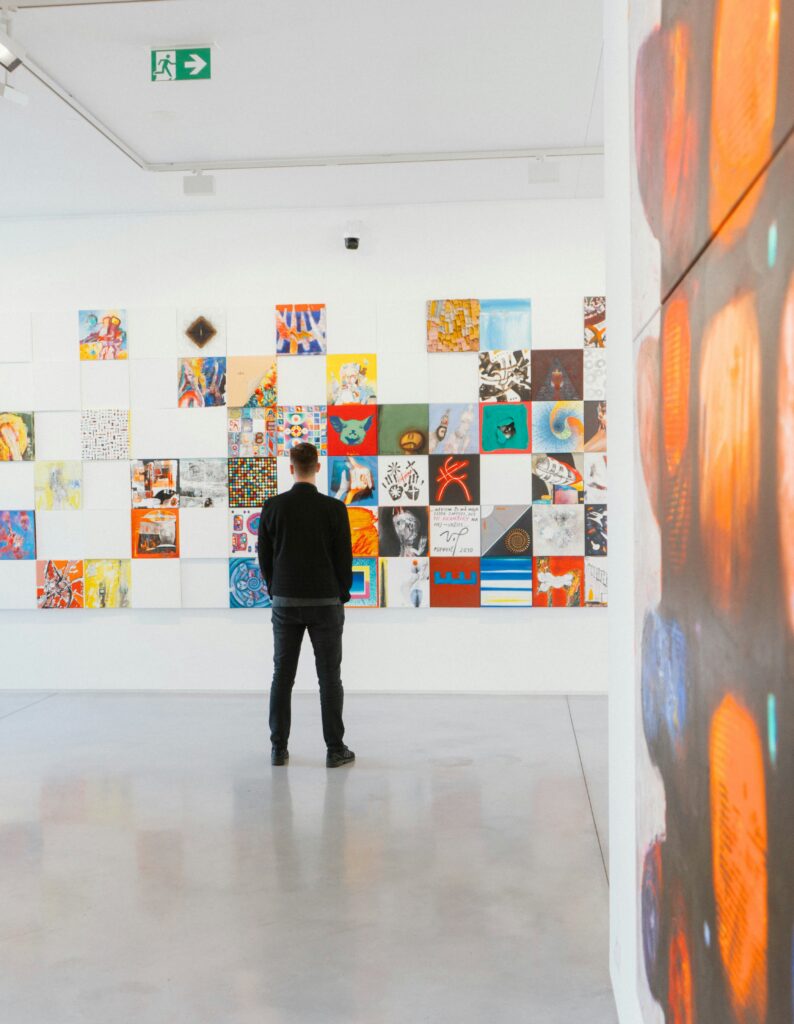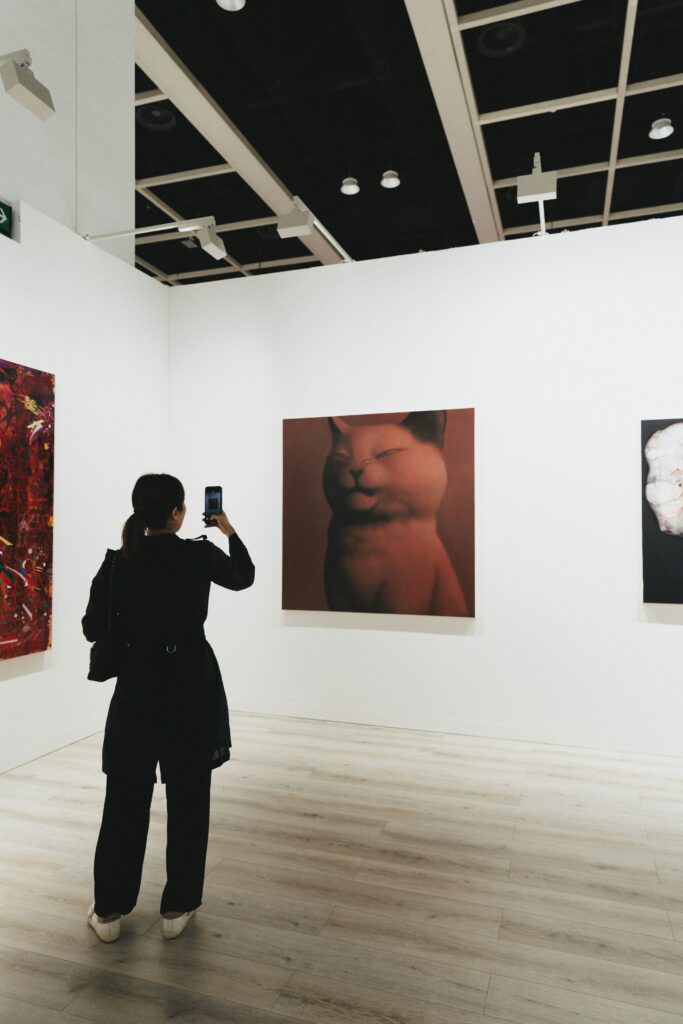
Photo by : Martin Péchy
Building an art collection doesn’t have to be expensive. With the right approach, you can start collecting meaningful and beautiful artworks without breaking the bank. Here’s how:
1. Define Your Goals and Preferences
- Ask Yourself Why: Are you collecting for personal enjoyment, investment, or to support artists? Knowing your purpose will guide your choices.
- Identify Your Taste: Explore different styles, mediums, and genres to understand what resonates with you. Visit galleries, museums, and online art related platform like Artpreciate discover your preferences.
2. Set a Realistic Budget
- Start Small: You don’t need to spend thousands on your first piece. Set a budget that feels comfortable.
- Allocate Funds Wisely: Decide how much you’re willing to spend monthly or annually on your collection.
3. Explore Affordable Art Options
- Prints : High-quality prints of famous artworks or limited editions are often more affordable than originals.
- Emerging Artists: Support up-and-coming artists whose work is typically priced lower than established names.
- Local Art Fairs and Markets: These are great places to find unique, affordable pieces directly from artists.
4. Buy Small-Scale Art
- Miniature Art: Small paintings, sketches, or photographs are often more affordable and easier to display.
- Art Cards or Postcards: Some artists sell small, signed art cards that can be framed and displayed.
5. Leverage Online Platforms
- Art Marketplaces: Websites like Artsy over range of affordable art.
- Social Media: Follow artists on Instagram or Facebook, where they often sell directly to collectors at lower prices.
6. Consider Alternative Art Forms
- Photography: Art photographs are often more affordable than paintings or sculptures.
- Digital Art: With the rise of NFTs and digital platforms, you can collect digital art at lower prices.
- Mixed Media and Collage: These unique pieces can be more budget-friendly than traditional mediums.
7. Build Relationships with Artists
- Commission Work: Some artists offer commissions at reasonable rates, allowing you to get a custom piece within your budget.
- Follow Local Artists: Attend gallery openings and art events to connect with artists who may offer discounts or payment plans.
8. Focus on Quality Over Quantity
- Invest in Meaningful Pieces: Instead of buying many cheap items, save for fewer, higher-quality works that truly speak to you.
- Research the Artist: Even if they’re emerging, look for artists with potential for growth and recognition.
9. Display and Care for Your Collection
- Frame Smartly: Affordable framing options can elevate the look of your art without costing a fortune.
- Rotate Your Collection: Display a few pieces at a time to keep your space fresh and engaging.
- Protect Your Art: Keep artworks away from direct sunlight and humidity to preserve their condition.
10. Educate Yourself
- Learn About Art History: Understanding different movements and styles will help you make informed choices.
- Follow Art Blogs and Podcasts: Stay updated on trends, tips, and opportunities in the art world.
- Join Art Communities: Engage with other collectors and enthusiasts to share knowledge and resources.
11. Be Patient and Enjoy the Process
- Collect Gradually: Building a collection takes time. Enjoy the journey of discovering new artists and pieces.
- Trust Your Instincts: Buy what you love, not just what you think will appreciate in value.

Private collection ‘Afternoon tea, 2023’ by Lee Soeul
Example Budget Breakdown
Here’s an example of how you might allocate a $500 budget:
$150: Framing and display materials.
$100: Two small prints or photographs from emerging artists.
$150: A miniature painting or sketch from a local art fair.
$100: A digital art piece or NFT.

Photo by : Spencer Chow
